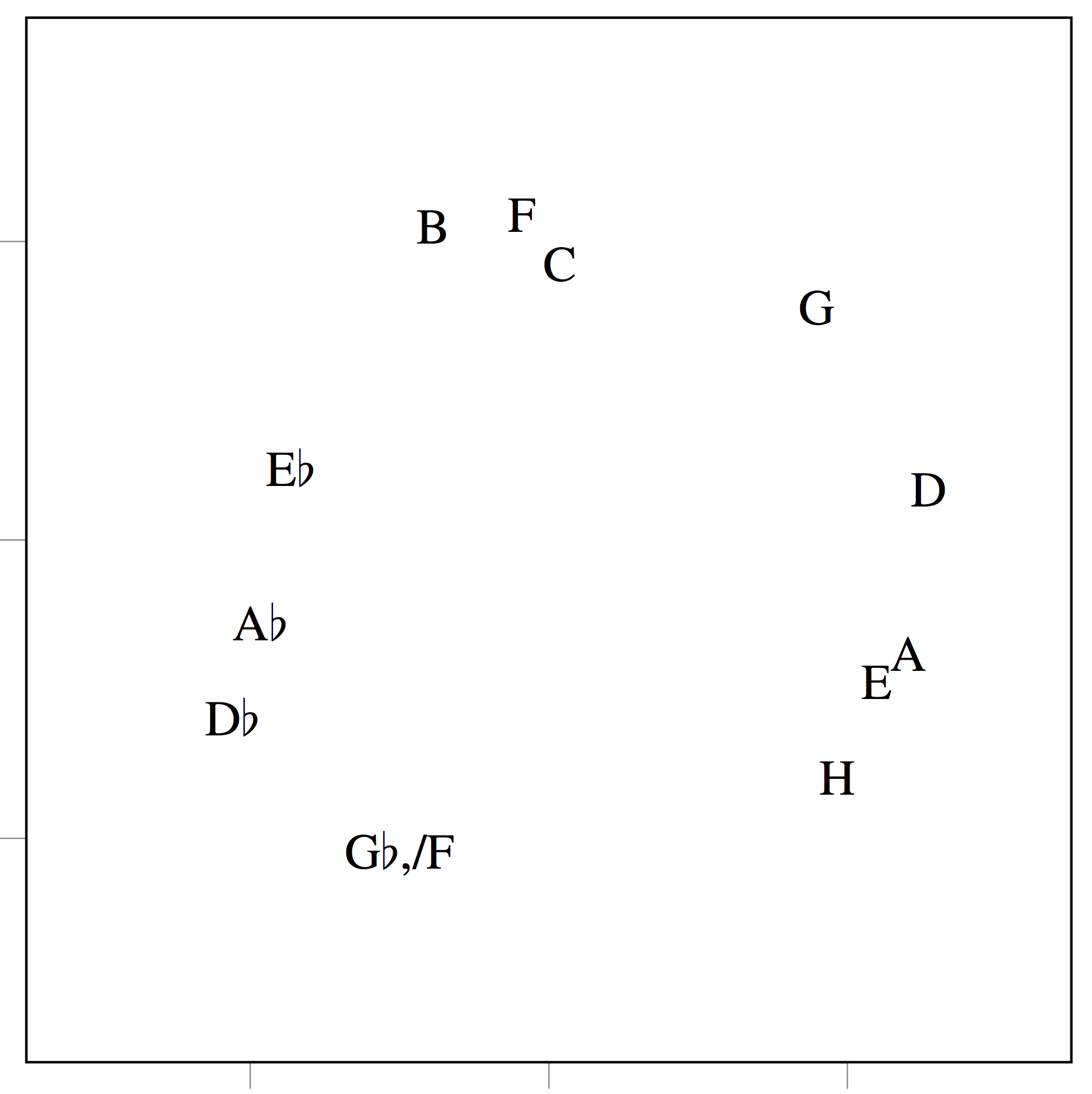brunnergino / Jambot
Programming Languages
Projects that are alternatives of or similar to Jambot
JamBot: Music Theory Aware Chord Based Generation of Polyphonic Music with LSTMs
Paper
JamBot: Music Theory Aware Chord Based Generation of Polyphonic Music with LSTMs", presented at ICTAI 2017.
https://arxiv.org/abs/1711.07682
Main Results
- When JamBot is trained on an unshifted dataset, i.e., all songs are left in their respective keys, the learned chord embeddings form the circle of fifths.
| Circle of Fifths | 2D Projection of Chord Embeddings |
|---|---|
 |
|
| (Source: By Just plain Bill - Own work, CC BY-SA 3.0, https://commons.wikimedia.org/w/index.php?curid=4463183) |
- JamBot can create harmonic music with some longer term structure, thanks to its hierarchical structure. Samples can be listened to at: https://www.youtube.com/channel/UCQbE9vfbYycK4DZpHoZKcSw
Setup
Make sure you have the following Python packages installed. In brackets we indicate the latest tested version numbers (Last updated: 11th April 2018)
- keras (2.1.5)
- tensorflow-gpu (1.6.0)
- numpy (1.14.2)
- pretty_midi (0.2.8)
- mido (1.2.8)
- progressbar2 (3.37.0)
- matplotlib (2.2.2)
- h5py (2.7.1)
All tested with Python 3.5.4 (Last updated: 11th April 2018).
Dataset
We used the lmd_matched subset of the Lakh Midi Dataset, which can be downloaded here: https://colinraffel.com/projects/lmd/
Data Processing
Create the data/original directory and put your MIDI files inside it. Run data_processing.py to adjust the tempo and shift the midi songs, extract the chords and piano rolls. This might take some time. There may be some error messages printed due to invalid MIDI files. There should now be several new sub-directories in /data/.
Training
First we train the Chord LSTM by running:
python chord_lstm_training.py
Model checkpoints will be periodically saved to the (default) directory /models/chords/.
Now we can train the Polyphonic LSTM. First we need to adjust the chord_model_path string in polyphonic_lstm_training.py to point to a Chord LSTM checkpoint in /models/chords/ (we need this for the learned chord embeddings). Finally we can train the Polyphonic LSTM:
python polyphonic_lstm_training.py
Model checkpoints will be periodically saved to the (default) directory /models/chords_mldy/.
Generating
Adjust the chord_model_folder, chord_model_name, melody_model_folder, melody_model_name strings in generate.py to point them to trained chord and polyphonic LSTMs models in models/. Adjust the seed_path, seed_chord_path and seed_name in generate.py to point it to the extracted chords (in the data/shifted/chord_index folder) and piano roll (in the data/shifted/indroll folder) of the desired seed. Adjust the BPM, note_cap, and chord_temperature parameters if desired and run
python generate.py
to generate a song. The song will be saved with a few different instrumentiations in midi_save_folder (default is predicted_midi/).
